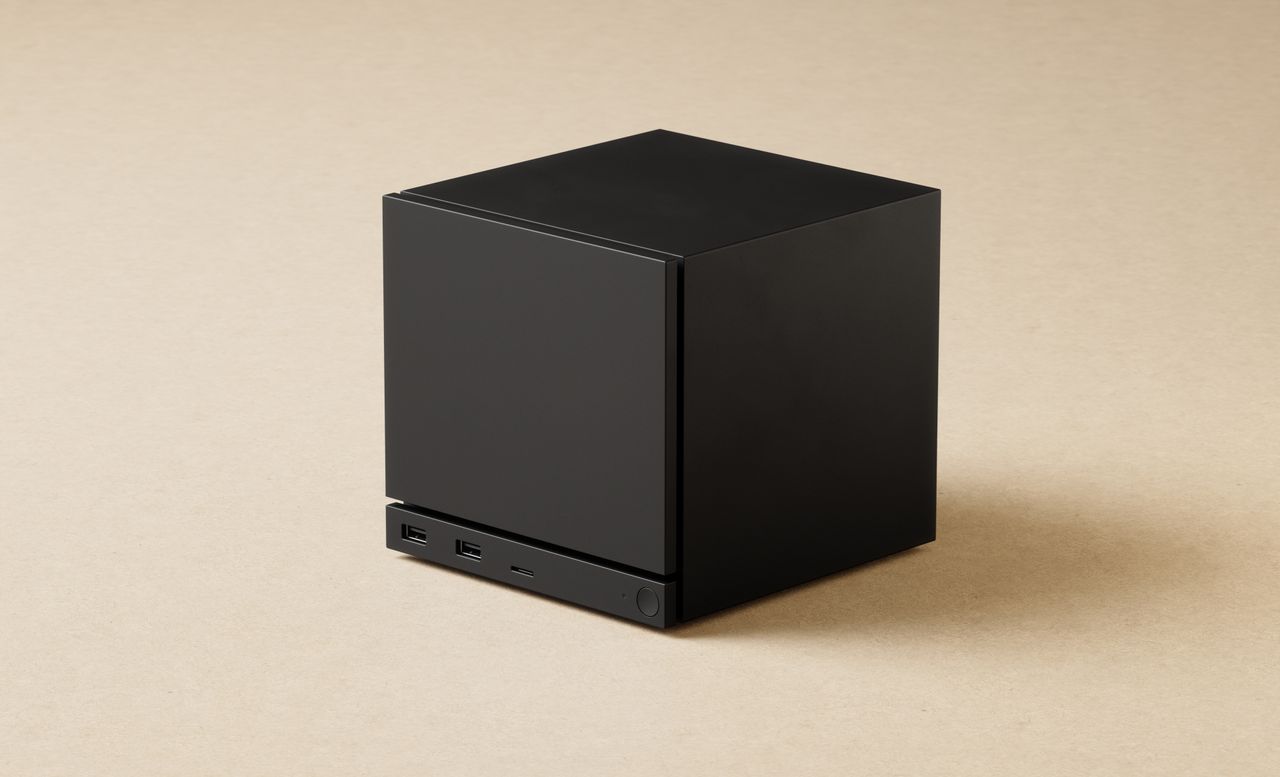
With recent challenges in the video game industry, launching a new console might seem risky. However, Valve isn’t a typical company.
Even though Xbox sales are down compared to last year, and PlayStation has only seen a small increase in playtime despite strong PS5 sales, Valve seems confident and is bringing back its Steam Machine project, which first began in 2014.
Building on the popularity of the Steam Deck, Valve is significantly expanding its hardware offerings. Today, they announced a new Steam Machine planned for release in Spring 2026, a VR headset called the Steam Frame (previously known as Deckard), and a completely redesigned Steam Controller. Here’s a rundown of the details.
Steam Machine specifications
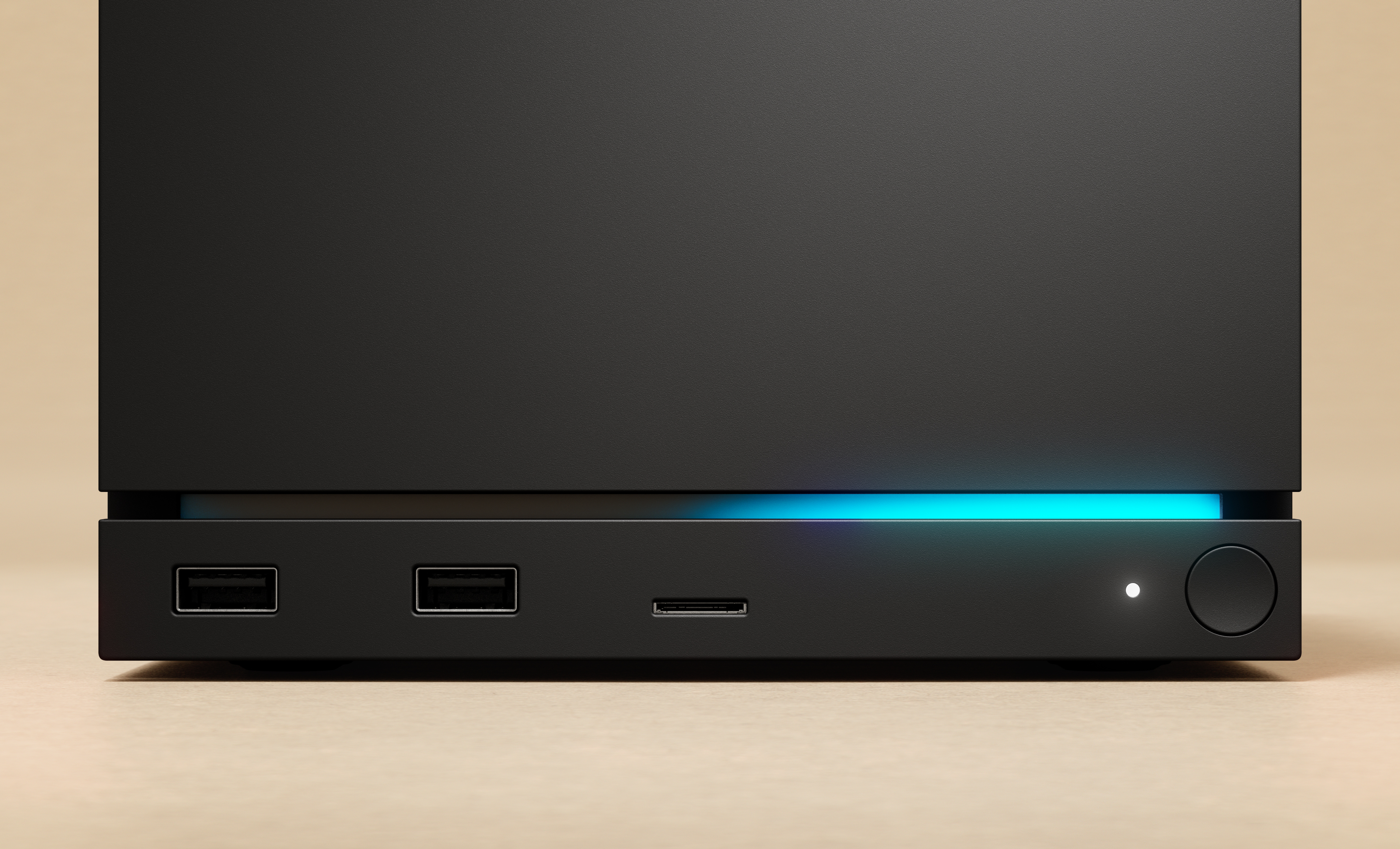
As a tech fan, I’ve been checking out the specs for Valve’s Steam Machine, and they look pretty solid. While it doesn’t necessarily blow the Xbox Series X or PlayStation 5 out of the water, it *does* use newer AMD Zen 4 processors, which is cool. Valve is claiming it’s over six times more powerful than the Steam Deck, and they’re aiming for a similar 4K gaming experience at 60 frames per second as you’d get on the Xbox and PlayStation. They also say it’ll easily outperform the Xbox Series S and the upcoming Nintendo Switch 2.
| Feature | Specifications |
|---|---|
| Models | 512GB model and 2TB model. Can ship bundled with or without a Steam Controller. |
| CPU | Semi-custom AMD Zen 4, 6C / 12T, up to 4.8 GHz, 30W TDP |
| GPU | Semi-Custom AMD RDNA3, 28 CUs; 2.45GHz max sustained clock, 110W TDP; Supports 4K gaming @ 60 FPS with FSR; Ray tracing supported; Over 6x more powerful than Steam Deck. |
| Memory | 16GB DDR5 + 8GB GDDR6 VRAM |
| Storage | 512GB & 2TB SSD models; microSD card slot for expanded storage / portable catalog. |
| Power | Internal PSU, AC 110–240V |
| DisplayPort 1.4 | Up to 4K @ 240Hz or 8K @ 60Hz; HDR, FreeSync, daisy-chaining |
| HDMI 2.0 | Up to 4K @ 120Hz; HDR, FreeSync, CEC |
| Networking | Ethernet 1 Gbps; Wi-Fi 6E (2×2); dedicated BT antenna |
| USB | USB-C 10 Gbps (3.2 Gen 2); 4× USB-A ports (2× USB 3 front, 2× USB 2 rear) |
| Controller Radio | Integrated Steam Controller 2.4GHz radio |
| Compatibility | Works with other controllers, accessories, and PC peripherals |
| Wake Function | Wake with Steam Controller |
| OS | SteamOS (like Steam Deck); Gaming-first UX; Fast suspend/resume; Steam Cloud saves + full Steam features. |
| LED Bar | Customizable colors & animation; Reflects system status (downloads, booting, updating) |
| Price | Unknown |
| Launch Date | Spring 2026 |
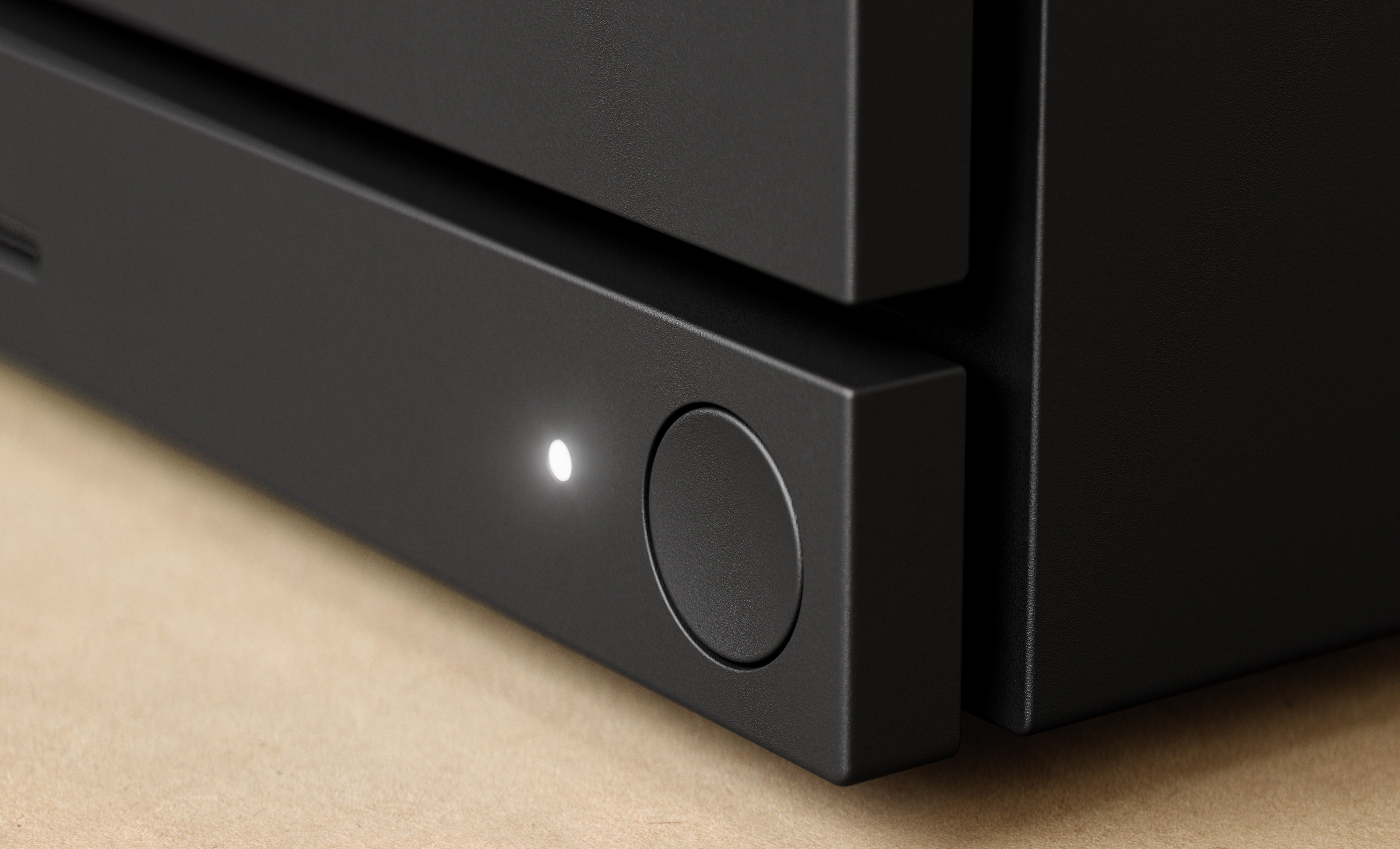
The Steam Machine is powered by AMD’s Zen 4 processor, which, while not the very latest generation, is still quite powerful. It has six cores and twelve threads, reaching speeds of 4.8 GHz. Although it has fewer cores than the Xbox Series X and PlayStation 5, its processor design should give it an edge in individual core performance. This updated technology will help the Steam Machine perform well, but the Xbox Series X, PS5, and especially the PS5 Pro, should still be faster overall thanks to their higher core counts.
The Steam Machine’s graphics card is also seeing improvements. Like newer cards, it uses the RDNA 3 architecture, which is more powerful and efficient than older versions (though it doesn’t yet have AMD’s latest RDNA 4 technology). The Xbox Series X|S can also take advantage of the same image upscaling technology – FSR 3 – as the Steam Machine.
The Steam Machine has 28 processing units running at 2.45 GHz. In comparison, the Xbox Series X has 52 units at 1.8 GHz, and the PlayStation 5 has 36 units at 2.23 GHz. While the Xbox Series X has the most overall graphics power, the Steam Machine is expected to perform well thanks to its newer technology and the streamlined SteamOS operating system.
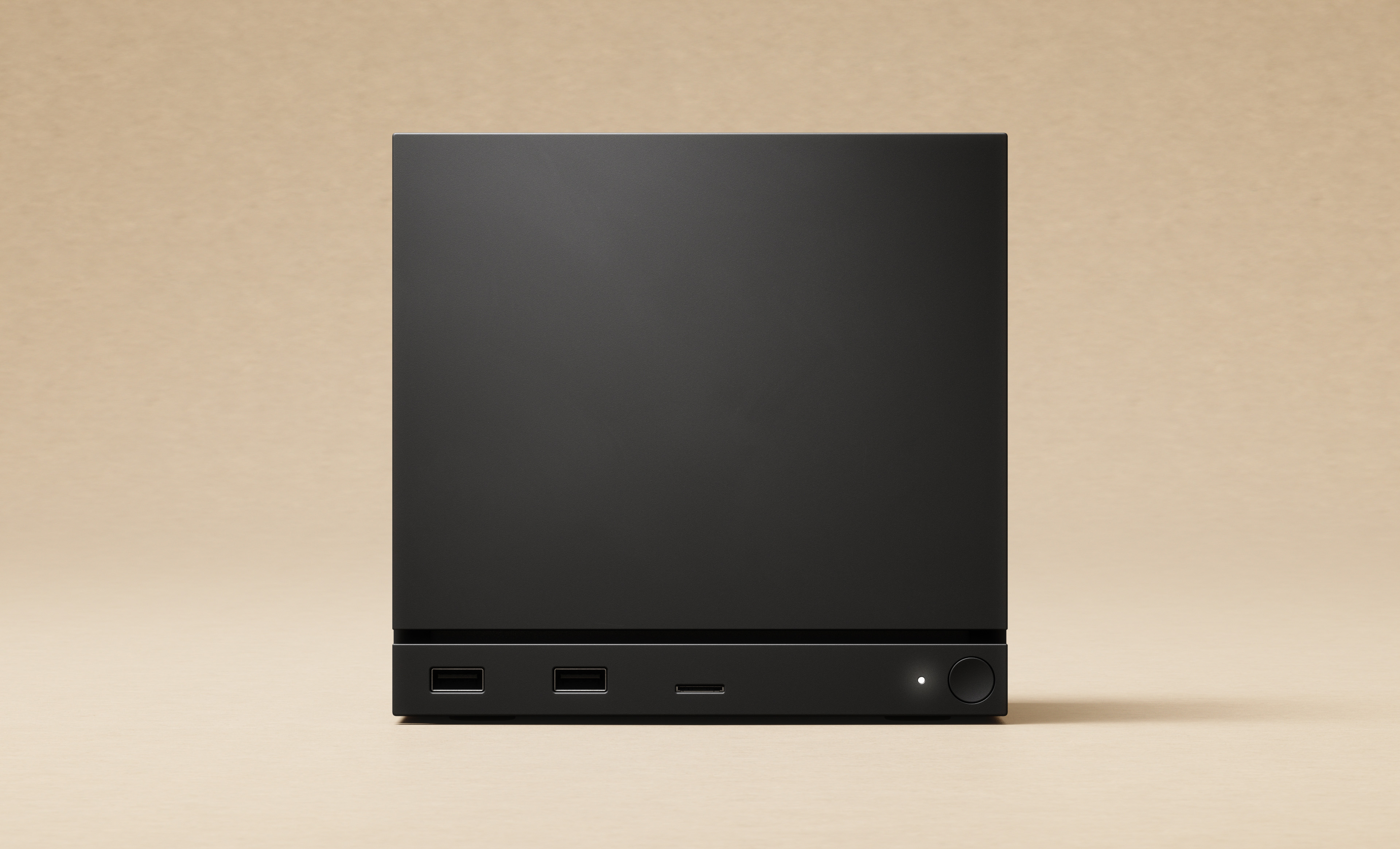
When it comes to memory, the Steam Machine stands out. While official speeds haven’t been released, it uses 16GB of fast DDR5 RAM for general tasks, plus an additional 8GB of GDDR6 VRAM specifically for its graphics card.
The Steam Machine boasts more total memory than the Xbox Series X (16GB GDDR6) and PlayStation 5 (16GB GDDR6). However, its memory is organized like a PC’s, which could limit how quickly data can be accessed, even though the total amount is higher. While it should perform similarly to the PS5 and Xbox Series X in this area, we need further testing to confirm.
The Steam Machine has limited storage choices: either 512 GB or 2 TB. Unlike the expensive, specialized storage cards used by the Xbox, or the standard M.2 NVMe options of the PS5, the Steam Machine uses microSD cards. This allows users to easily move games between their Steam Deck and Steam Machine.
SteamOS has improved dramatically in recent years. Valve has consistently released updates and enhancements, largely driven by the development of the Steam Deck.
While microSD cards aren’t fast enough for most high-end games, the Steam Machine’s built-in storage should handle the majority of titles without issue. We don’t know the exact storage details yet, but it probably doesn’t use the very latest, fastest microSD technology.
SteamOS is the operating system, and it’s become remarkably good in recent years. Valve has consistently improved it with updates for the Steam Deck. It’s very easy to use, and a feature called Proton automatically lets you play many Windows games on Linux without any extra work from game developers.
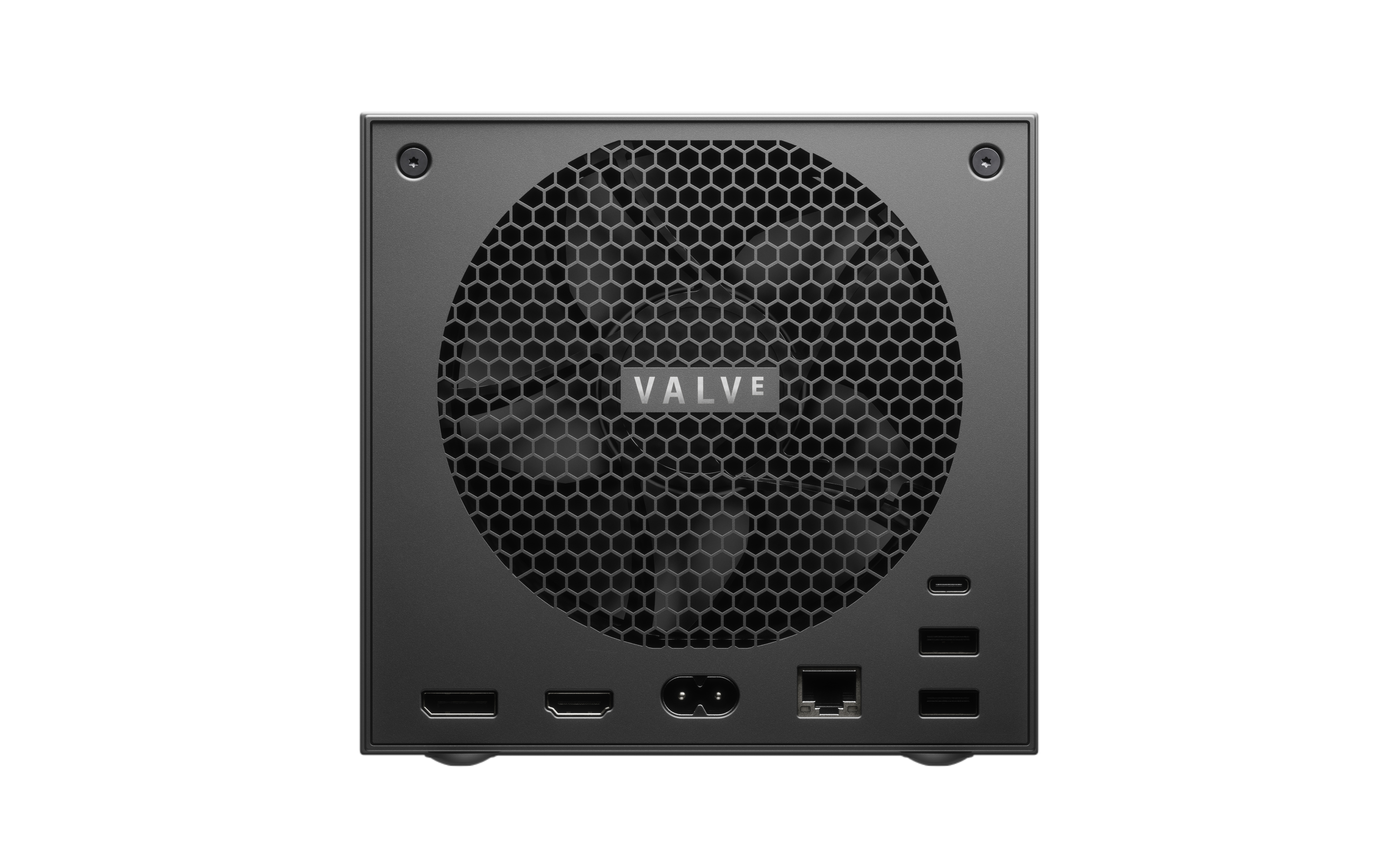
Proton isn’t perfect, especially when it comes to anti-cheat software. Because of this, many multiplayer games designed for Windows that use advanced anti-cheat measures don’t work on SteamOS. However, Proton is constantly improving. SteamOS also lets you switch to a standard Linux desktop, giving you the freedom to install apps, launchers, and games that aren’t available directly through the Steam store.
This method lets you play games like Xbox Cloud Gaming, Battle.net, and Genshin Impact, even if they aren’t on Steam. However, it can be tricky to set up and works best with a mouse and keyboard.
Steam offers thousands of games directly through its store, and most of them will work perfectly on this device. This will be the first handheld gaming console that lets you play games from Steam, PlayStation, and Xbox all in one place, through a single store.
As a researcher, I’ve found that Steam boasts an enormous library – thousands of games are available right on the platform. And thankfully, most of them run smoothly without any compatibility problems.
While it doesn’t have every popular game – titles like Roblox, Minecraft, and Fortnite (and likely GTA 6 when it’s released) aren’t directly available on Steam or Linux – there are ways to get many of them working if you’re comfortable with a bit of technical setup. Plus, if SteamOS becomes more widely used, we might see these games supported directly in the future.
Since this device is intended for comfortable couch gaming, Valve will likely use the same game verification process from the Steam Deck. However, you can easily connect a keyboard and mouse and use it as a small, fully functional desktop computer as well.
The Steam Machine shares a similar idea to Microsoft’s plans for its next Xbox console. Like a PC, it will let users access the desktop, install different game platforms, and play games not typically available on Xbox.
Valve hasn’t announced how much the Steam Machine will cost, but its use of newer, more expensive technology suggests it likely won’t be much cheaper than the PlayStation 5 and Xbox Series X. We’ll find out for sure later. As of now, Valve is planning to release the Steam Machine in Spring 2026.
Steam Controller specifications
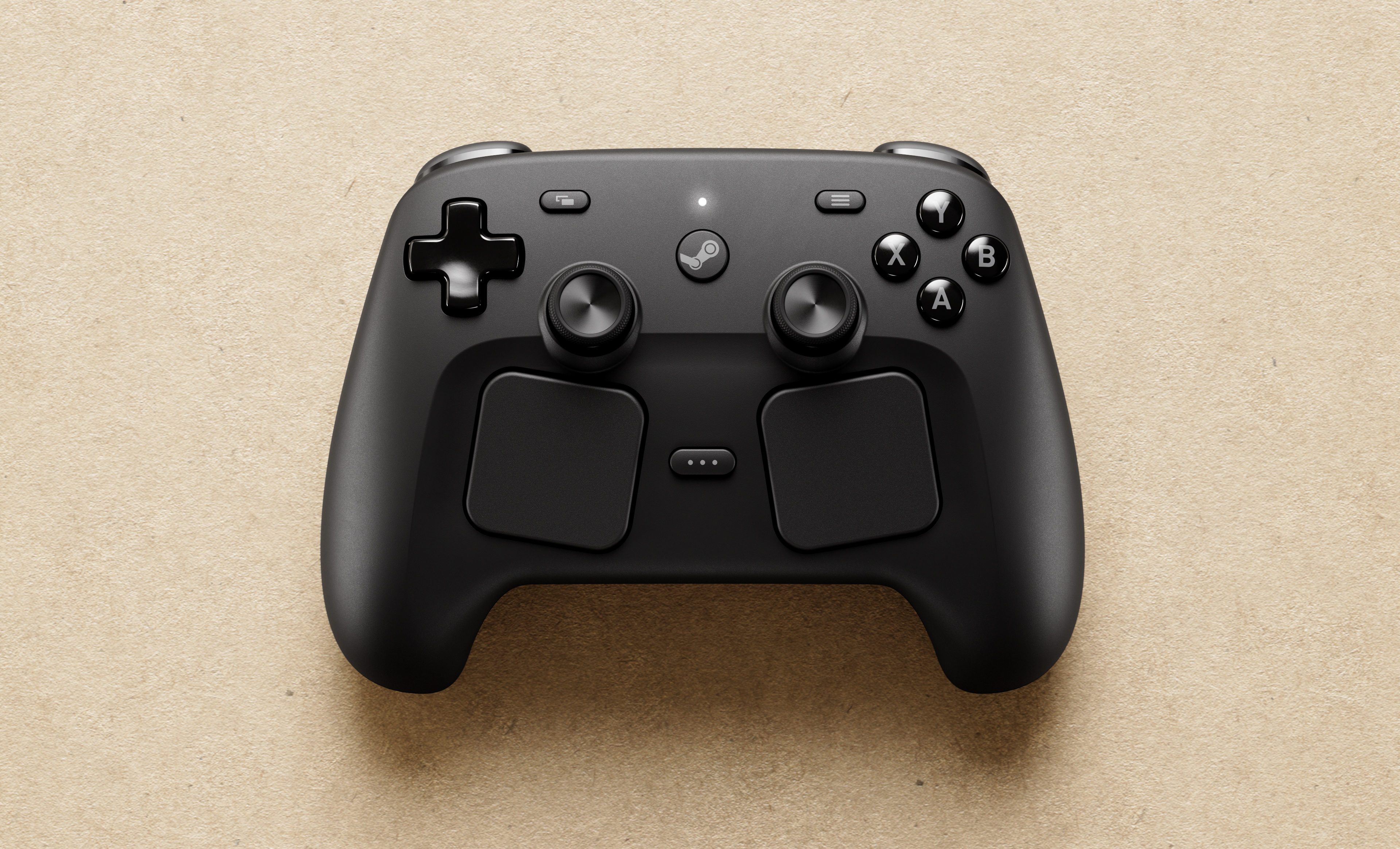
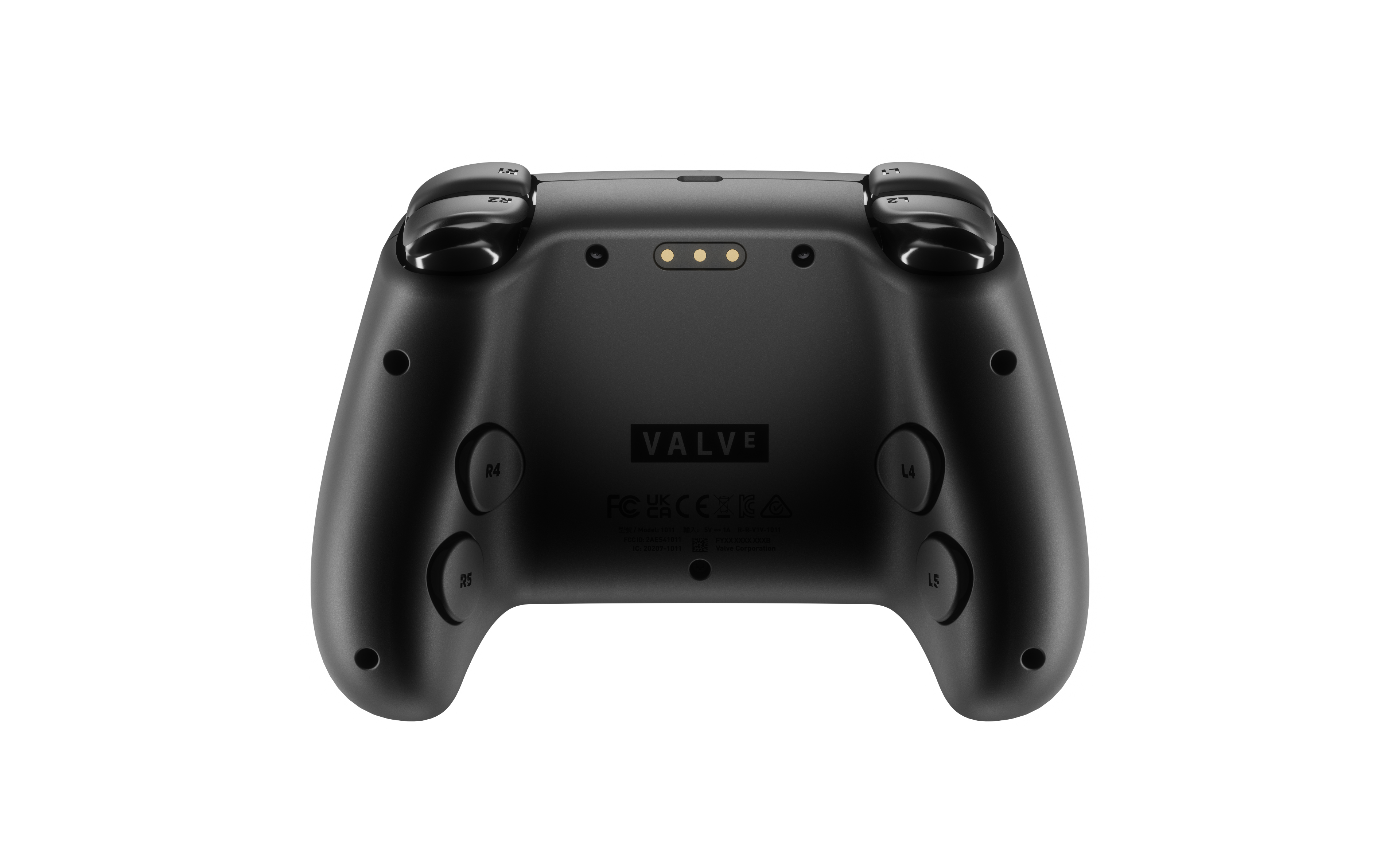
Surprisingly, the Steam Machine won’t automatically include a controller. You can use any Xbox or PlayStation controller you already own, or any controller that works with the Steam Deck – and a wide variety of controllers are compatible with the Deck.
If you’re looking for a controller, Valve has released a new version, building on what they learned from their first attempt back in 2015.
| Feature | Spec |
|---|---|
| Compatibility | Works with any device that runs Steam |
| Supported devices | Windows, Mac, Linux PCs; PC handhelds; iOS/Android (Steam Link); Steam Deck; Steam Machine; Steam Frame |
| Connectivity options | Steam Controller Puck; Bluetooth; USB tethered play |
| Steam Controller Puck | Pre-paired, plug-and-play; proprietary wireless; ~8 ms end-to-end latency; 4 ms polling; measured at 5 m; more stable than Bluetooth; up to 4 controllers per puck |
| Bluetooth | Standard wireless connectivity |
| USB | Wired tethered play and charging |
| Battery | Li-ion rechargeable; 35+ hours play time |
| Charging | Via Steam Controller Puck or USB |
| Thumbsticks | Magnetic (TMR) for improved responsiveness and reliability; capacitive touch |
| Grip sense | Quick gyro activation/deactivation; assignable input |
| Haptics | HD haptics with 4 LRA motors: 2 in trackpads (HD tactile feedback), 2 high-output in grips (rumble and game haptics) |
| Buttons | ABXY; D-pad; L/R triggers; L/R bumpers; View/Menu/Steam/QAM |
| Grip buttons | 4 assignable grip buttons |
| Trackpads | 2 trackpads with haptic feedback; pressure sensitivity for configurable click strength |
| Motion sensors | 6-axis IMU |
| Capacitive inputs | Thumbsticks capacitive touch; capacitive grip sense |
| Price | Unknown |
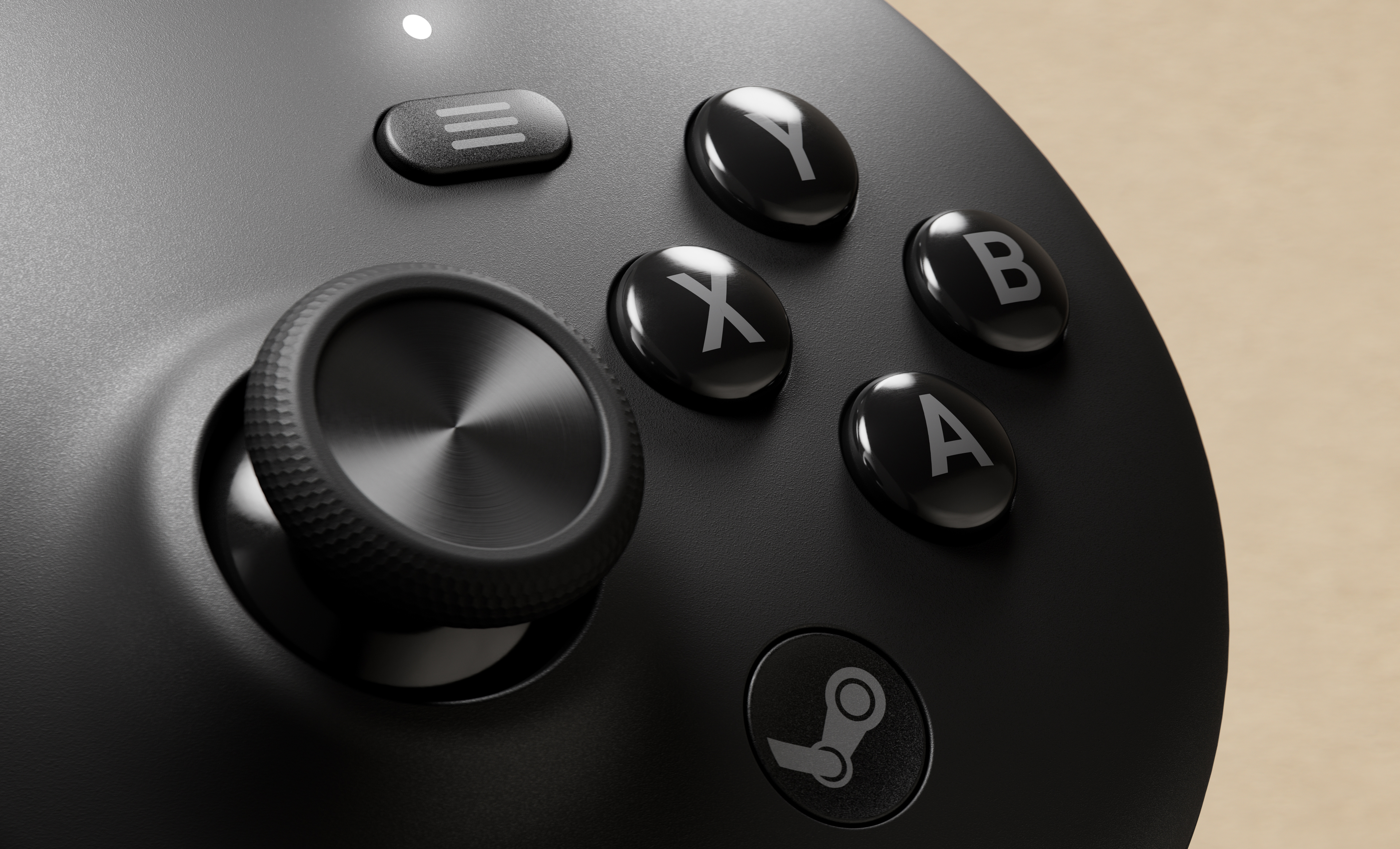
The Steam Controller is designed to work with any device that runs Steam, including Windows and Mac computers, as well as devices like the Steam Deck. It’s also expected to be compatible with the next generation of Xbox consoles, since those will be running full versions of Windows.
It works with a USB adapter – a small disc that lets you connect up to four controllers at once. You can also connect controllers wirelessly via Bluetooth or directly with a USB cable. The adapter comes already paired and uses a wireless signal that should be as fast and reliable as the controllers for PlayStation 5 and Xbox.
The controller really stands out when it comes to battery life, lasting over 35 hours on a single charge – similar to the high-end Xbox Elite controller. Plus, it features magnetic thumbsticks designed to prevent annoying drift, a problem that affects both standard Xbox and PlayStation 5 controllers.
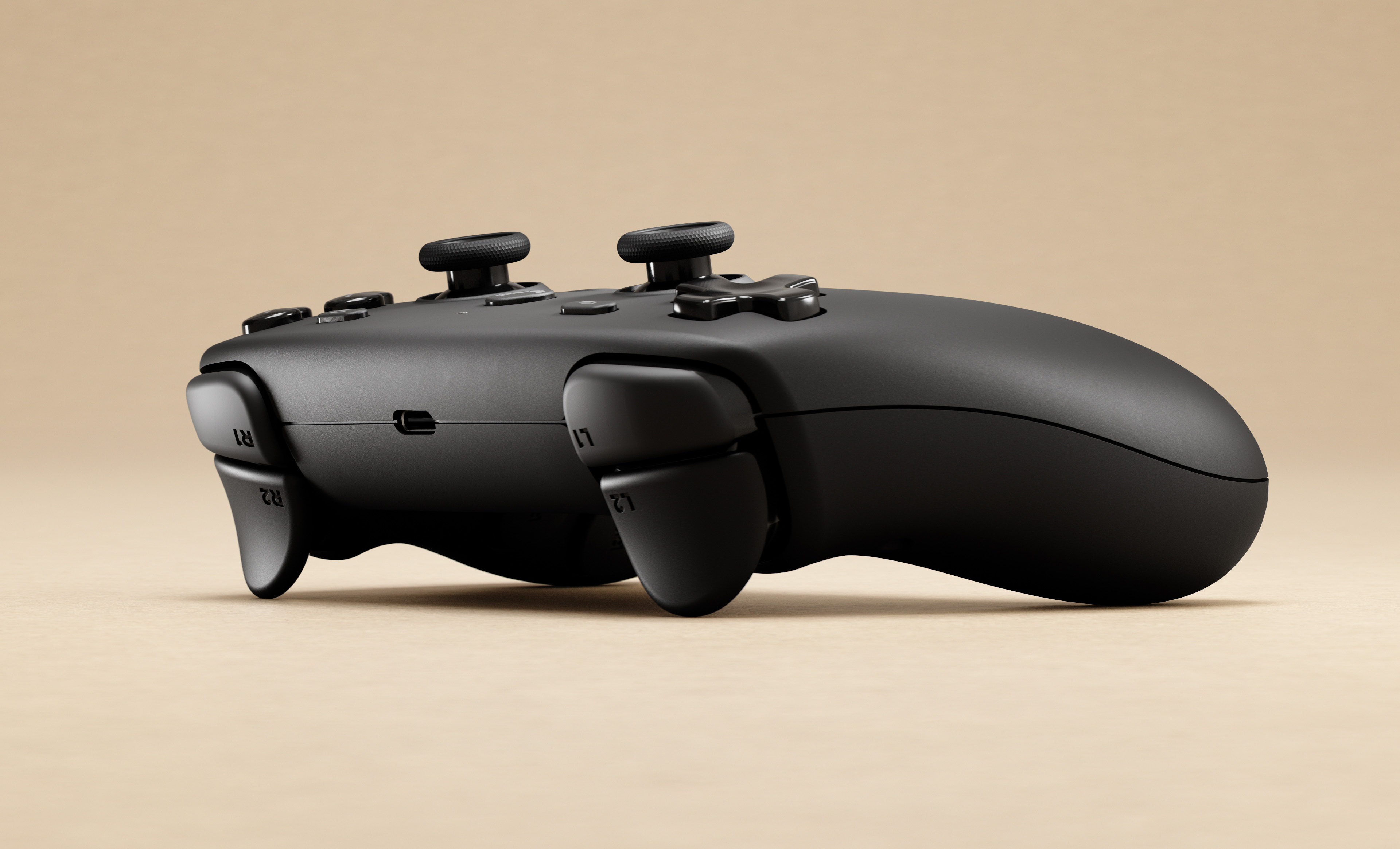
What really stands out are the big touchpads, reminiscent of the original Steam Controller and the Steam Deck. They provide tactile feedback and allow you to play games that weren’t designed for traditional controllers with joysticks. Plus, it features gyro controls, using six-axis motion sensing for a more immersive experience.
This controller features ABXY buttons like those on an Xbox, along with symmetrical thumbsticks similar to a PlayStation controller. It also includes four customizable back buttons, standard triggers and bumpers, and a grip sensor that knows when you’re holding it.
Okay, so we don’t know the price yet, but if I had to guess, it’ll probably fall somewhere in the middle – more expensive than a regular Xbox controller, but not as pricey as the Elite version. Those specs are seriously impressive, so it makes sense it wouldn’t be cheap!
What do you think?
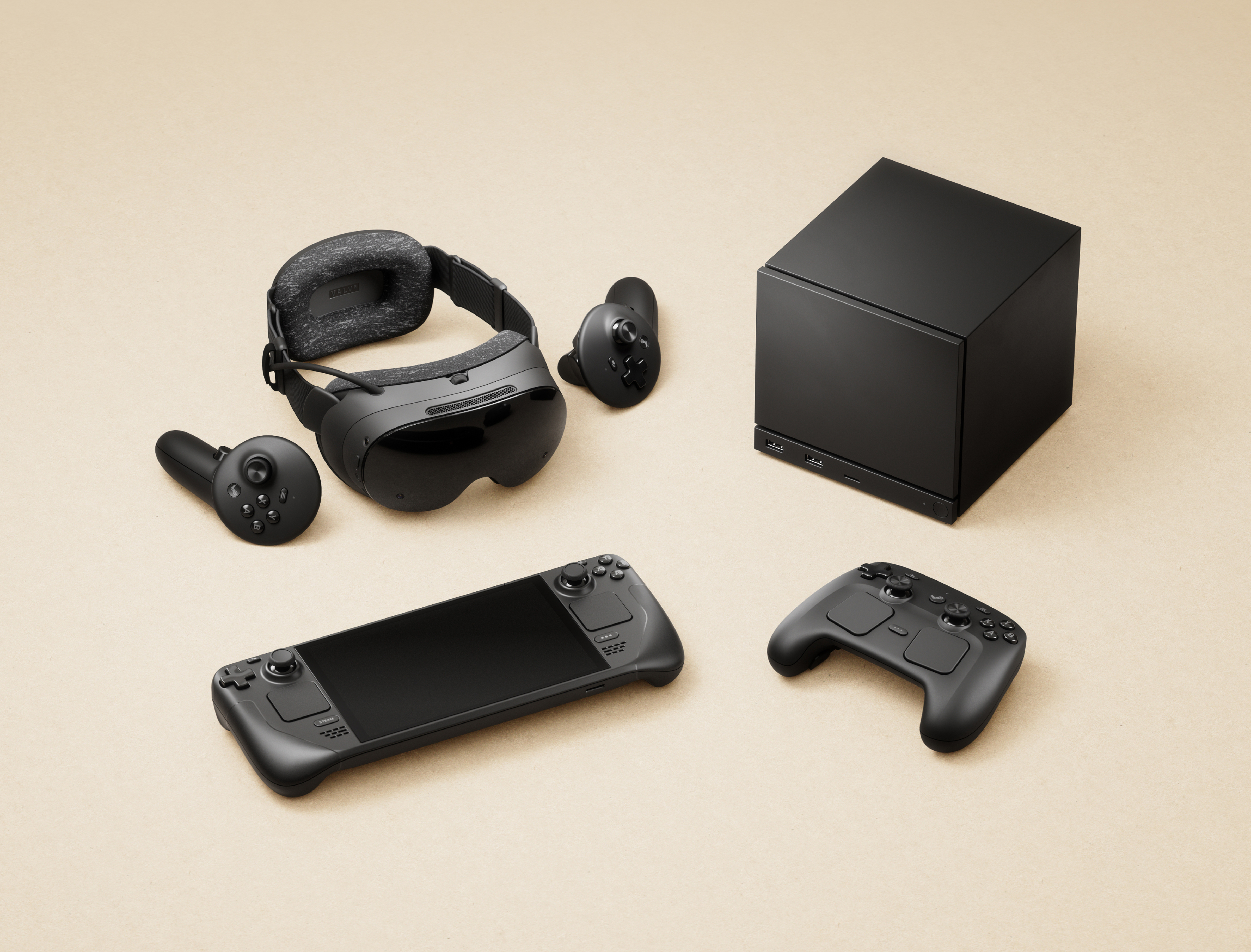
Okay, so a new console launch right now feels a little wild, especially with PlayStation and Xbox seemingly focused on things like TikTok to try and boost numbers. But honestly, the Steam Machine isn’t your average console – it’s something totally different. As a tech fan, I’m really intrigued!
Even with a few drawbacks in Proton and Linux, Steam is still a leading and highly-regarded platform for video games. It’s famous for its great sales, Valve provides excellent customer service, and developers appreciate how easy it is to get their games on the platform.
I’m consistently impressed by Steam’s game discovery. Every time I open it, I find new titles I wouldn’t have otherwise, because the system really seems to learn what I like and suggests games accordingly – better than most other platforms, in my experience. While you won’t find everything on Steam – games like Fortnite and Roblox aren’t there – it’s become a launchpad for some huge, unexpected hits recently, like Megabonk and Peak. I often wish Xbox had a similar ability. It’s interesting to see Microsoft is now trying to build something comparable for its PC platform, and they claim it’s gaining traction.
There’s growing speculation that Valve might announce Half-Life 3 alongside the release of the Steam Machine. Valve is known for creating popular games like DOTA2, Counter-Strike 2, Left 4 Dead, Portal, and Team Fortress. They successfully used Half-Life: Alyx to promote VR technology, and now people are wondering if they can repeat that success with the Steam Machine.
The Steam Machine will be unique as the first gaming system to natively support games from Steam, PlayStation, and Xbox, reflecting a growing trend away from exclusive titles. PlayStation recently celebrated the successful launch of Helldivers 2 on Xbox, and Microsoft is rapidly releasing its games on multiple platforms.
It’s hard to predict what the future holds for the gaming industry, but Valve is playing a bigger and more welcome role in the conversation about gaming hardware.
Read More
- One of Razer’s top gaming headsets — now over 40% off on Amazon
- Square Enix Invests in Nuuvem to Launch spawnd, a New Browser-Native Game Discovery Platform
- BTC PREDICTION. BTC cryptocurrency
- Demon Slayer: Infinity Castle Is Taking Over the World & Anime Is Getting Harder to Deny
- 10 Children of DC Superheroes
- I’ve Been Rewatching The Twilight Movies (Again), And Bella Should Have Become A Vampire Way Sooner
- Gold Rate Forecast
- Every Original Avenger, Ranked By Their MCU Costumes (#2 Is Actually the Best)
- Kelly Osbourne Shared Last Video With Ozzy Osbourne Days Before Death
- Resident Evil Requiem Won’t Receive New Details in Capcom’s TGS 2025 Special Program
2025-11-12 21:13